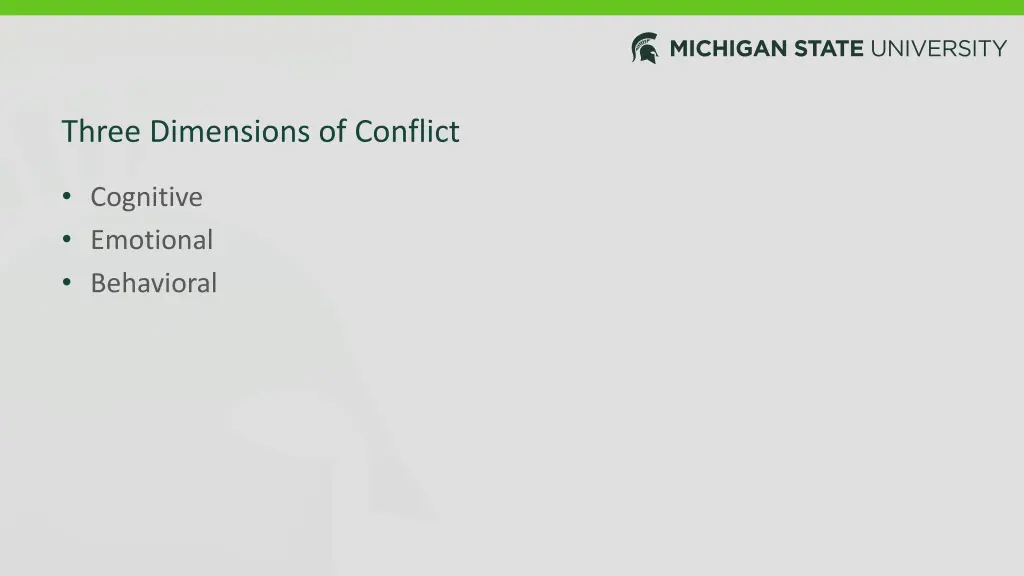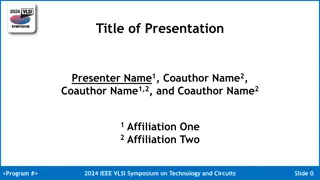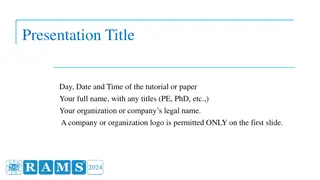
Understanding Conflict: Dimensions, Causes, Factors, and Considerations
Explore the three dimensions of conflict - cognitive, emotional, behavioral - and delve into the factors and causes that lead to conflicts, including survival needs, interests, and identity. Understand how communication, history, structure, values, emotions, culture, personality, power, and data play roles in conflict resolution and management.
Download Presentation

Please find below an Image/Link to download the presentation.
The content on the website is provided AS IS for your information and personal use only. It may not be sold, licensed, or shared on other websites without obtaining consent from the author. If you encounter any issues during the download, it is possible that the publisher has removed the file from their server.
You are allowed to download the files provided on this website for personal or commercial use, subject to the condition that they are used lawfully. All files are the property of their respective owners.
The content on the website is provided AS IS for your information and personal use only. It may not be sold, licensed, or shared on other websites without obtaining consent from the author.
E N D
Presentation Transcript
Three Dimensions of Conflict Cognitive Emotional Behavioral
Activity - Emotions agitated embarrassed nervous alarmed exasperated overwhelmed ambivalent flustered protective angry grief sad annoyed heartbroken scared anxious helpless stressed confused hopeless suspicious despairing impatient tense devastated irritated terrified disconnected lonely torn discouraged longing troubled
Causes of Conflict Survival Needs (Food, Shelter, Security, etc.) Interests (Substantive, Procedural, Psychological) Identity Needs (Meaning, Community, Intimacy, Autonomy) Which of the three causes survival needs, interests, or identity do you think was most at play?
Factors of Conflict Communication History Structure Values Emotions
Contextual Considerations Culture Personality Power Data






















